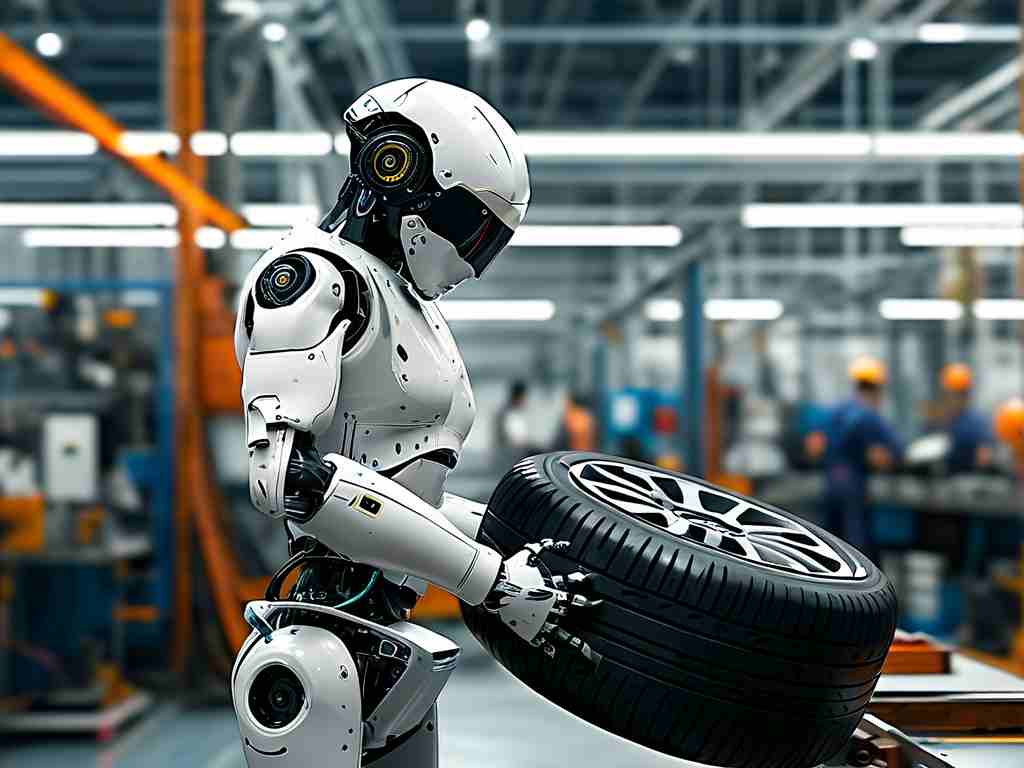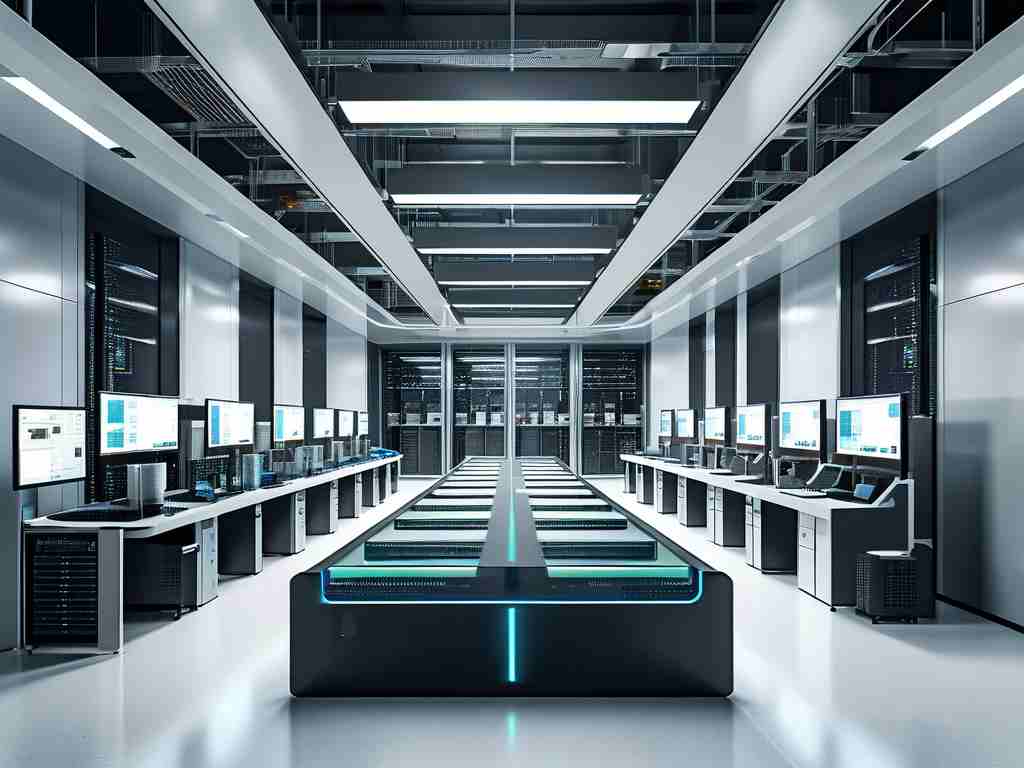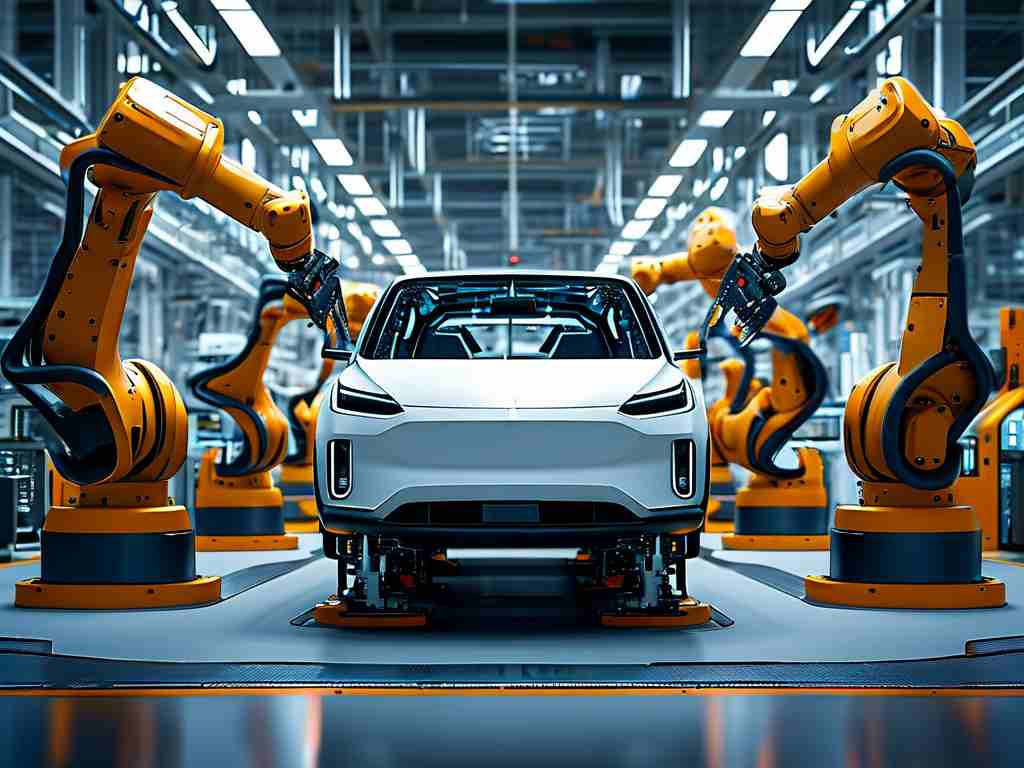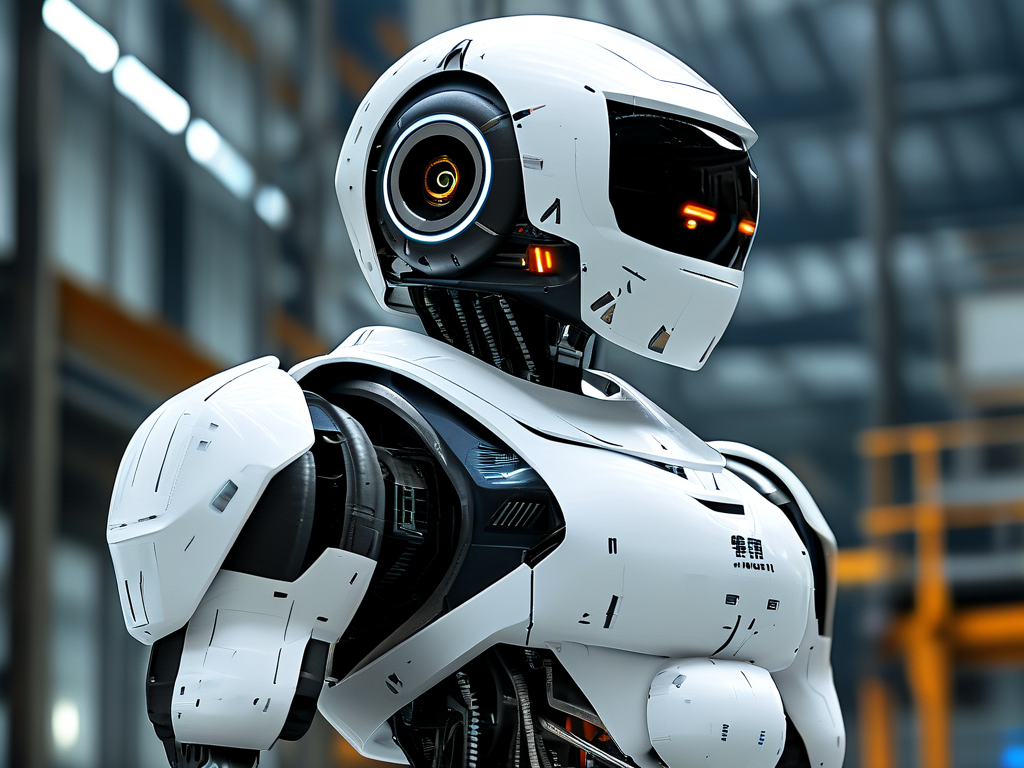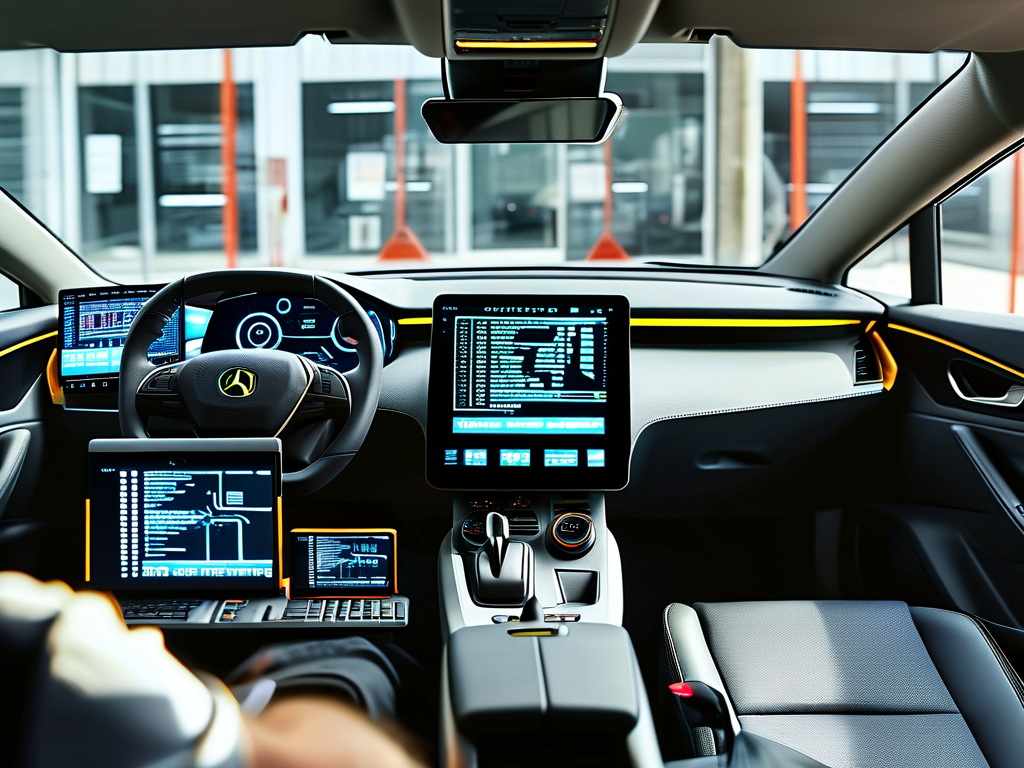Embedded development is a crucial aspect of modern automotive innovation, driving advancements in safety, efficiency, and user experience. As cars evolve into sophisticated computers on wheels, major automotive firms are investing heavily in embedded systems to stay competitive. This involves integrating hardware and software for real-time control, from engine management to infotainment. For instance, Tesla leads with its Autopilot system, which relies on embedded processors for autonomous driving features. Similarly, BMW's iDrive interface uses embedded controllers to enhance driver interaction, while Toyota's hybrid vehicles incorporate embedded tech for energy optimization. These companies are not alone; Volkswagen, Ford, and others are also pushing boundaries in this field.

The rise of electric vehicles (EVs) has accelerated embedded development, as firms need robust systems for battery management and powertrain control. Take Ford's Mustang Mach-E; it employs embedded algorithms to monitor battery health and optimize range. This shift demands expertise in microcontrollers and real-time operating systems, often requiring custom code. A simple example in C might illustrate this:
#include <stdio.h>
int main() {
int sensor_value = read_sensor(); // Simulate reading from a car sensor
if (sensor_value > THRESHOLD) {
activate_brakes(); // Trigger safety mechanism
}
return 0;
}
This snippet shows how embedded code can process inputs instantly, a core requirement in automotive safety applications like collision avoidance.
Beyond individual companies, the industry faces challenges such as cybersecurity threats, where embedded systems must be hardened against hacking. Firms like General Motors are embedding advanced encryption in their ECUs (Electronic Control Units) to protect data. Additionally, the push toward connected cars means more embedded networking, with companies like Mercedes-Benz integrating 5G modules for over-the-air updates. These innovations stem from collaborations with tech giants; for example, Toyota partners with Nvidia for AI-driven embedded solutions in self-driving prototypes.
Looking ahead, trends like AI integration and sustainability are shaping embedded development. Hyundai, for instance, is embedding machine learning algorithms in its eco-friendly models to predict maintenance needs, reducing waste. However, this progress isn't without hurdles. Supply chain issues for semiconductors have delayed projects, and regulatory demands for standardized embedded systems add complexity. Despite this, the future is bright, with companies racing to develop next-gen embedded tech for fully autonomous vehicles by 2030. Ultimately, embedded development is transforming the auto industry, making cars smarter and safer for everyone.



